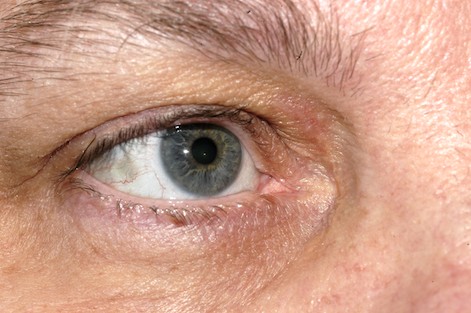Xanthelasma is a cholesterol formation that builds up between the dermis and the epidermis. No matter how big or deep the Xanthelasma, these lesions do not affect the dermis. Therefore, it is possible to treat Xanthelasma and successfully remove them without leaving any scarring. Custom peels are the least expensive and the most convenient solution to treat and successfully remove Xanthelasma without leaving any scarring.
The two main precautions to be taken in order not to cause any scarring after any type of dermatological ablation are:
- the dermis has to be left unaffected by the treatment
- no infection has to develop after the treatment
This is feasible thanks to modern medical equipment which makes possible to ablate the skin tissue with a high degree of precision, not previously possible with a manual scalpel. This high level of ablation precision allows the operator to leave the dermis intact. This is why Laser, Hyfrecator and other instruments are very effective when removing Xanthelasma without generally leaving any scarring.
However in some cases it is not advisable to try and remove the whole lesion within one session unless the Xanthelasma are still shallow. If the Xanthelasma have grown particularly deeply into the skin, it is not advisable to remove them within one session even by using sophisticated medical equipment because this will very likely cause scarring. Therefore, in case you are trying to remove a thick Xanthelasma, it is not advisable to do it within one session, because the treatment could be too aggressive and damage can be caused to the dermis.

Too deep Xanthelasma laser treatment on the left eyelid. Healing by secondary intention.
The patient in the right side picture inevitably developed a scar on the eyes because the excision was far too deep. This was done with the clear intention of removing the Xanthelasma within one session. This was not advisable and the patient should have undergone at least a couple of sessions instead.

The first session would be used to get rid of the main bulk of the Xanthelasma, followed by at least 6 weeks of healing. The 6 weeks of healing would have allowed the natural tissue regeneration necessary to treat the patientr again and leaving the dermis intact and therefore leaving no scars. Pushing for Xanthelasma removal within one session is common practice in private health care and cosmetic surgery. This is simply because the quotations provided are generally for complete Xanthelasma removal and the less the number of treatments the higher the margins
Due to modern specialized equipment, the dermatologist has all the instrumentation required in order to remove the Xanthelasma leaving the dermis unaffected and therefore minimizing the risk of developing scars. However, when the Xanthelasma are very thick, it is always advisable, as shown in the above picture, to undergo multiple sessions instead of rushing into removing the Xanthelasma within one session. When the dermatologist proceeds to remove a Xanthelasma, he will be able to selectively target the cholesterol deposits leaving the dermis intact, provided that the Xanthelasma is not too thick. As a consequence (unless subsequent important infections occur before healing) the likelihood of scarring is very low.
The same level of precision is possible with specialized medical equipment and now also possible using the customized XanthRemover. If you apply the XanthRemover as directed, it will target exclusively the superficial part of the skin and the Xanthelasma, leaving the dermis intact. Additionally, when using the XanthRemover the risks of infection are extremely low as the XanthRemover does not cause an open wound. Consequently, the risks of scarring are even lower by using the XanthRemover than any other type of excision.
Please note that, although the risk of scarring can be minimized, no treatment to remove Xanthelasma can guarantee no scar formation after removal..

Xanthelasma gone without leaving any trace
